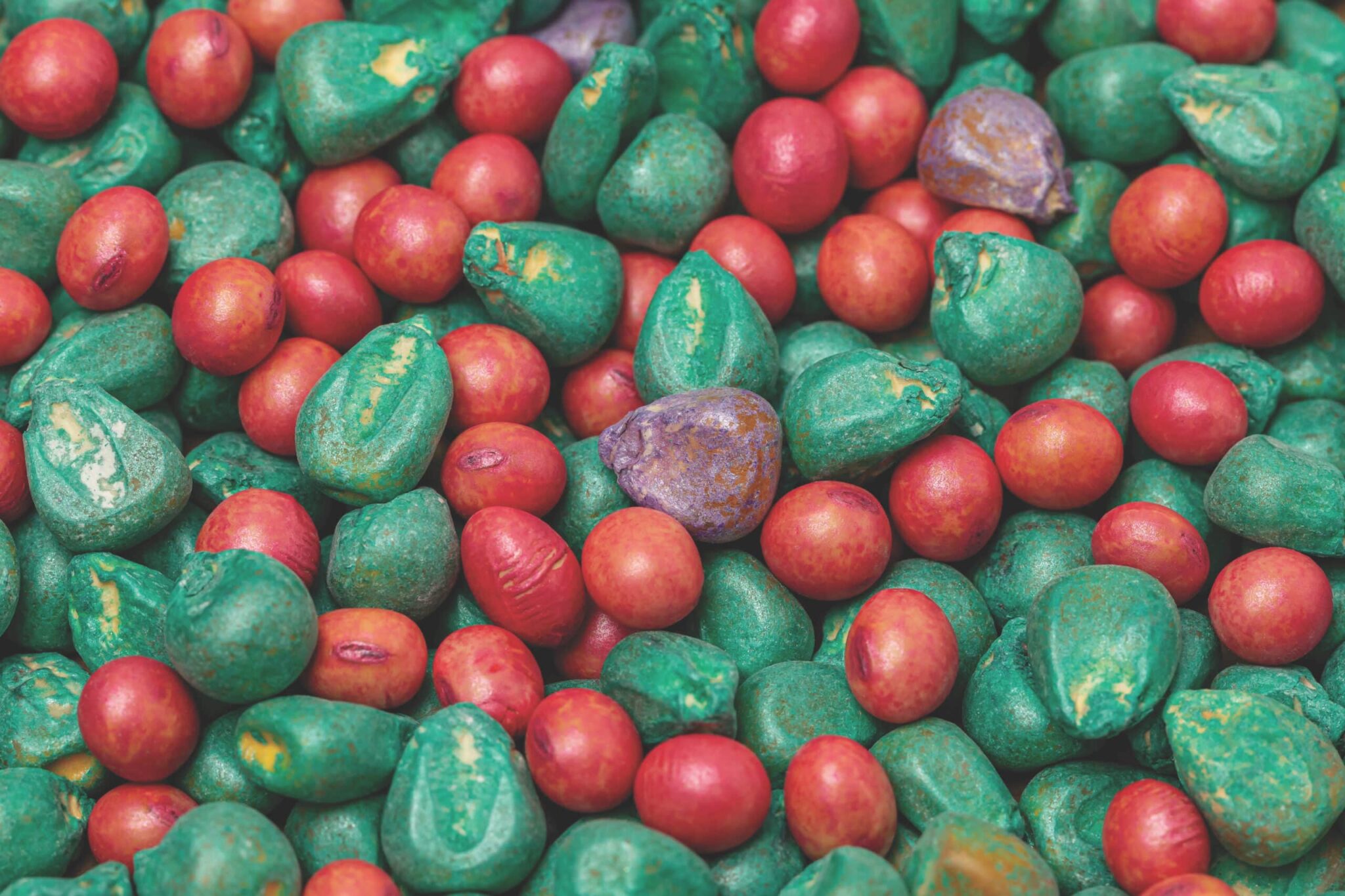The aim of the European Seed series on Myths, Fake News, Misinformation and Disinformation is to dive deeper, taking a closer look at a variety of seed related topics. This article looks at the myths surrounding crop protection.
Myth: Insect deaths are the result of pesticide use
Fact: The decrease in insect populations must be studied from various angles and can be linked to a wide range of causes. Mainly climate change, but also lack of living space (due to a lack of open space and/or hedges, for example), all types of soil sealing (due to construction projects and roads), the introduction of substances into the environment (for cleaning and plant protection), an increase in light sources (due to the constant illumination of roads), an increase in traffic (insect collisions), and a lack of biotope protection (e.g., fewer wetlands) all impact insect populations. Farmers depends on and protect insects and other pollinators that are essential for their crops. Many farmers go to great lengths to provide habitat and forage for insects, such as planting wildflowers around their fields.
Myth: Natural is healthy; poisonous substances are chemicals
Fact: Organic food is not inherently more safe or nutritious. While organic pesticides may generally come from natural sources, they can still pose risks to humans and the environment if used incorrectly. And due to the less targeted nature of organic pesticides, farmers may need to use them more frequently and in greater amounts than non-organic pesticides.
There are numerous naturally occurring compounds that are highly toxic, and there are also many synthetically created substances that are completely safe. Aflatoxins, produced by the natural infection of a plant by a fungus, are some of the most carcinogenic chemicals known to man. In Africa it has been suggested that half the food produced has aflatoxin levels higher that the USA safety limit. However, by employing particular fungicides, the risk posed by this mycotoxin can be reduced. Another example: the heavy metal copper cab be applied in organic farming practices. But as the copper builds up in the soil, it becomes harmful to soil creatures like earthworms.
In addition, biological crop protection products, also called biopesticides, represent a broad category of plant protection products that are derived from living organisms. Growers use biologicals to complement chemical products in an integrated pest management (IPM) program, or as stand-alone method, for protecting plants from disease, insect pests and competition from weeds.
Myth: Pesticides are making our food poisonous
Fact: Pesticide residues are strictly regulated through so-called Maximum Residue Limits (MRLs) and closely monitored (see above). The MRL is defined as the maximum amount of a pesticide residue in or on food that is expected and legally tolerated when a pesticide was applied according to the label instructions that will not be a concern to human health. MRLs are set according to the As Low as Reasonable Possible principle. Some 50 to 60 years ago, authorities monitored MRLs to check if farmers have used pesticides correctly. The authorities were checking for label compliance. With the beginning of this millennium, global trade drastically increased and with it the need for standards that ensure the traded food is save. Therefore, MRLs became a trading standard ensuring that the food is save for consumption.
The amount of pesticide residues found in food is often used and taken out of context by mainstream media and social media influencers as scare tactics. These claims frequently fail to explain that crop protection products make it possible to produce healthy food for a growing population and in that way significantly improve public health. Strict regulations ensure that we can consume foods like fresh produce without worrying about safety.
Many diseases, deadly fungi, and harmful weeds cannot be controlled without pesticides. EU consumers have many choices in the food they eat. Whether buying organic, non-organic, local, or imported, chances are our food has almost certainly been grown with the help of pesticides and food in Europe is currently the safest it has ever been.










